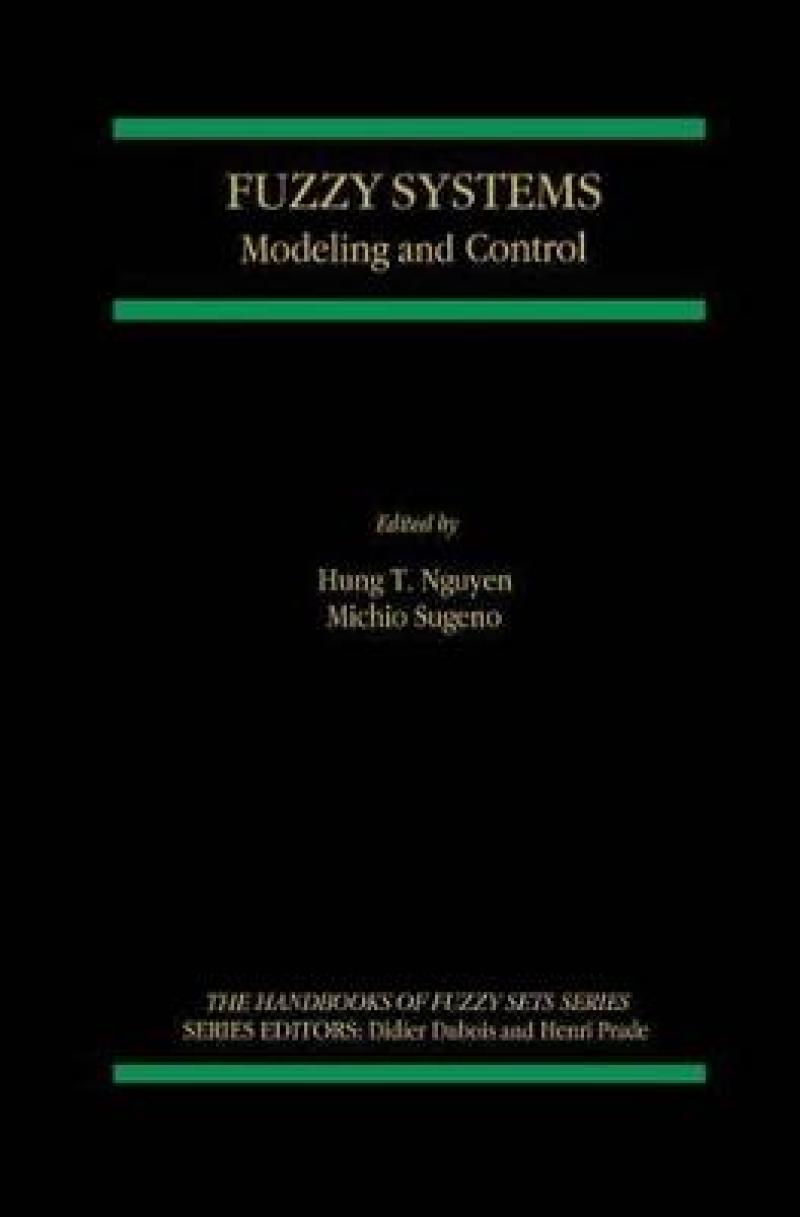The analysis and control of complex systems have been the main motivation for the emergence of fuzzy set theory since its inception. Fuzzy sets relation to the study of chaotic systems, and the fuzzy extension of set-valued approaches to systems modeling through the use of differential inclusions.
Les mer
Springer Book Archives
Springer Book Archives
GPSR Compliance
The European Union's (EU) General Product Safety Regulation (GPSR) is a set of rules that requires consumer products to be safe and our obligations to ensure this.
If you have any concerns about our products you can contact us on ProductSafety@springernature.com.
In case Publisher is established outside the EU, the EU authorized representative is:
Springer Nature Customer Service Center GmbH
Europaplatz 3
69115 Heidelberg, Germany
ProductSafety@springernature.com
Les mer
Produktdetaljer
ISBN
9781461375159
Publisert
2012-10-12
Utgiver
Springer-Verlag New York Inc.; Springer-Verlag New York Inc.
Høyde
235 mm
Bredde
155 mm
Aldersnivå
Research, P, 06
Språk
Product language
Engelsk
Format
Product format
Heftet

